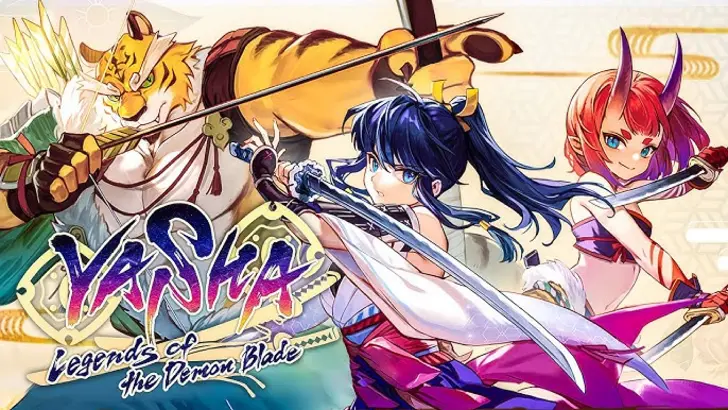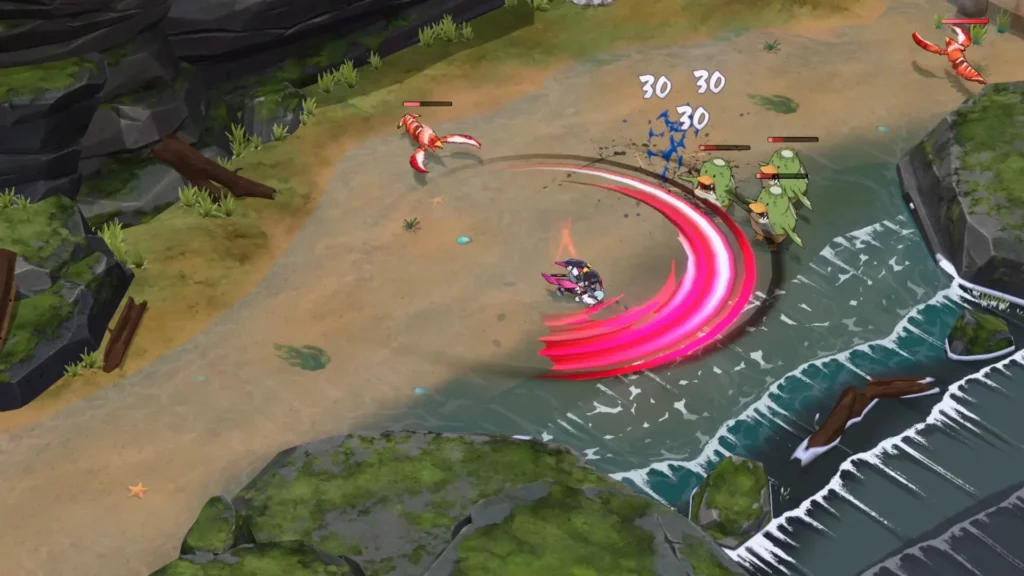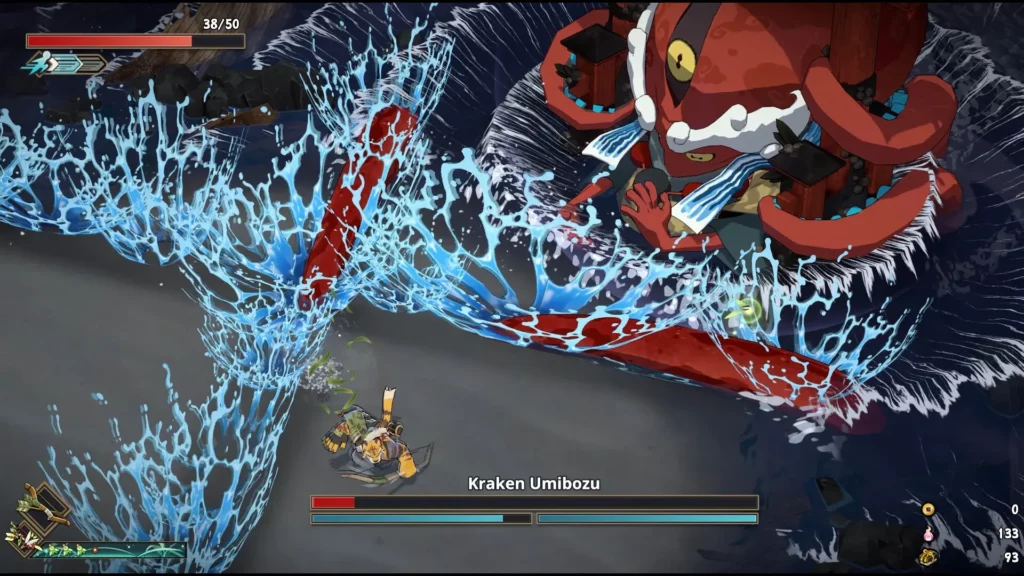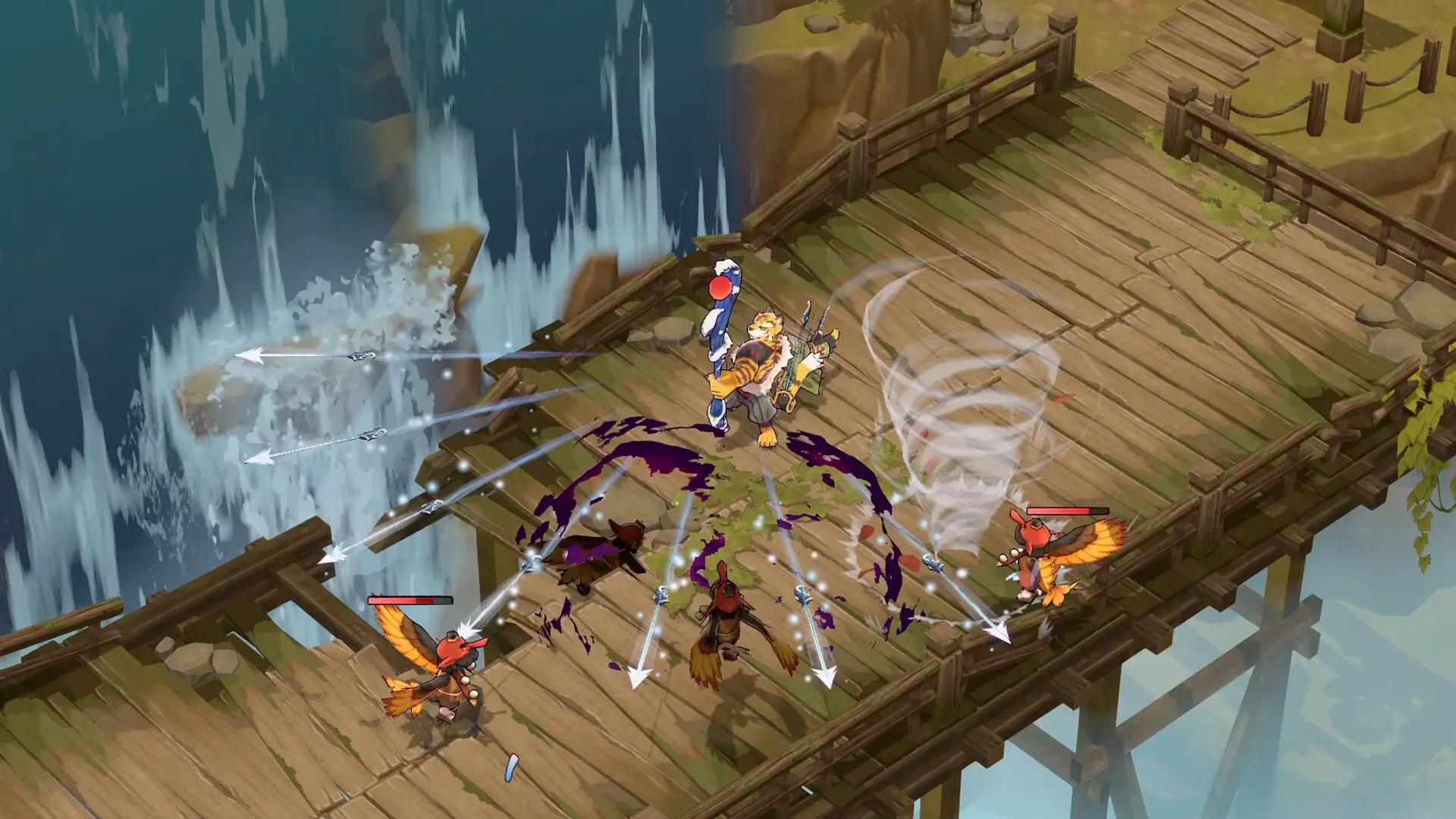Yasha: Legends of the Demon Blade tries to carve its niche in the action roguelike genre but stumbles with repetitive gameplay loops that lack the depth to keep players hooked. While its combat feels satisfying and its weapon variety sparks some excitement, the game’s uninspired level design and lackluster story progression fail to elevate the experience. For gamers craving a fresh roguelike adventure, Yasha offers fleeting fun but struggles to maintain momentum over its three campaigns.
Storytelling with a Twist, but No Punch
The game’s narrative revolves around three distinct campaigns, each following a different hero whose journey reshapes the roles of key characters. For instance, the character Gengo shifts from a village elder to a father figure to a wise king across the tales, creating a theater-like remix of the cast. This concept is intriguing, but the execution falls flat. The stories lean heavily on familiar tropes, like a mysterious chosen one or a loyal warrior fighting for honor, without adding enough fresh spins to feel engaging. Dialogue often feels mundane, with moments of reflection or humor that don’t land, leaving players disconnected from the narrative’s emotional weight.
A Repetitive Road Through Static Worlds
The game’s structure mirrors roguelikes like Hades, weaving brief character interactions between dungeon runs, but these moments lack memorable impact or clear motivation to push forward. Each campaign follows a similar path: complete a run, move to the next chapter, and repeat with minimal changes. Players return to a village hub between runs, where townsfolk offer little in the way of compelling dialogue, making these interludes feel like missed opportunities to deepen the story. This repetitive cycle dulls the experience, as the narrative struggles to justify the grind.

Combat Shines, but Levels Disappoint
Each hero chases the sinister Fox Demon across three distinct areas: a crab-filled beach, a demon-infested forest, and a snowy castle packed with soldiers. These zones look visually appealing but lack dynamic elements, with only the castle offering interactive features like breakable walls or floor traps. Enemy patterns and stage layouts remain largely unchanged across runs, with slight variations in room shapes or enemy strength as chapters progress. Most battles feel too easy on standard difficulty, with only the final bosses posing a real challenge due to their massive health pools.
Despite these shortcomings, the combat system is a highlight. Each of the three heroes—Shigure, Sara, and Taketora—offers a unique playstyle. Shigure’s swordplay balances offense and defense with well-timed counters, Sara’s dual-wielding approach overwhelms foes with aggressive dashes, and Taketora’s ranged attacks favor distance and precision. These mechanics feel polished and responsive, delivering satisfying moments in battle, even if the simplicity of the system limits its depth.


Weapons and Buffs: Variety with Limits
Each hero has access to around seven weapons, with players able to equip two per run. Options like flaming swords or bows that mark enemies for homing shots add flair, but similarities across characters—like each having a fire-based weapon—reduce the sense of uniqueness. With most enemies posing little threat, there’s minimal incentive to experiment with creative builds. Soul orb buffs, earned after clearing rooms, offer temporary weapon enhancements, while amulets boost stats. These systems add some strategic depth, as players weigh how new buffs might complement or replace existing ones, but the focus often narrows to optimizing for the tough final boss.
Progression That Feels Incremental
After each run, players can spend earned currency on passive upgrades, like increased damage or health, or invest in weapon enhancements. These upgrades make subsequent runs feel slightly stronger, though they rarely shift playstyles in meaningful ways. Completing a campaign unlocks modifiers that increase difficulty and offer access to special items for further weapon upgrades. While these add some replayability, the repetitive environments and enemies sap motivation to dive back in after the roughly 21-hour journey across all three campaigns.
Final Thoughts for Gamers
Yasha: Legends of the Demon Blade delivers moments of enjoyment through its crisp combat and varied heroes, but its repetitive levels and shallow story hold it back. The weapon system hints at depth, yet the lack of challenging enemies diminishes the need for creative strategies. For roguelike fans, the game may offer a brief thrill, but its static design and uninspired narrative make it hard to recommend for long-term play. Gamers might find more engaging adventures elsewhere in the genre.
Even more interesting reviews.
